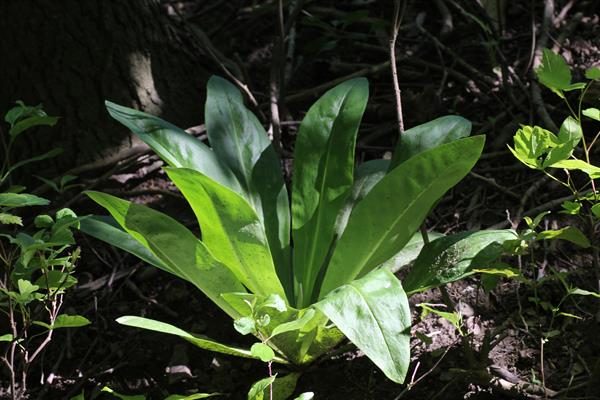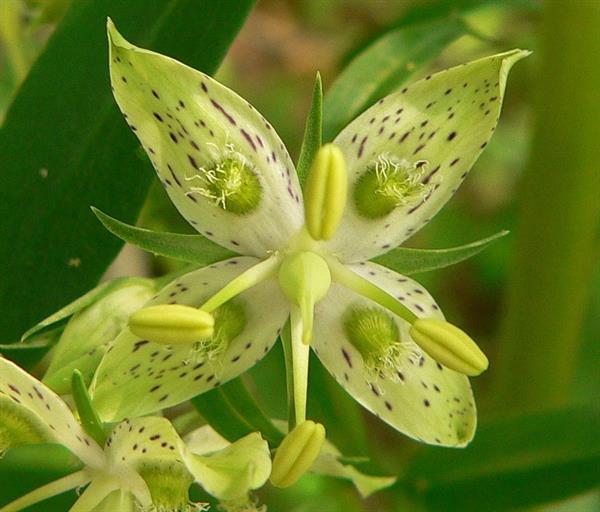
Origin/Endemic status: Native
Other Comments: Horn (1997) studied the ecology of this species in the Piedmont of SC.
Synonymy: = Ar, C, FNA14, Il, K1, K3, K4, Mi, NY, S, Tn, W, Drake (2011), Threadgill & Baskin (1978); = Swertia caroliniensis (Walter) Kuntze – F, G, Pa, RAB
Heliophily: 5
Hover over a shape, letter, icon, or arrow on the map for definition or see the legend.
 © Bruce A. Sorrie | Original Image ⭷
© Bruce A. Sorrie | Original Image ⭷ © Richard & Teresa Ware CC-BY-NC, permission granted to NCBG | Original Image ⭷
© Richard & Teresa Ware CC-BY-NC, permission granted to NCBG | Original Image ⭷ © Scott Ward | Original Image ⭷
© Scott Ward | Original Image ⭷ © Richard & Teresa Ware CC-BY-NC, permission granted to NCBG | Original Image ⭷
© Richard & Teresa Ware CC-BY-NC, permission granted to NCBG | Original Image ⭷ © Bruce A. Sorrie | Original Image ⭷
© Bruce A. Sorrie | Original Image ⭷ © Richard & Teresa Ware CC-BY-NC, permission granted to NCBG | Original Image ⭷
© Richard & Teresa Ware CC-BY-NC, permission granted to NCBG | Original Image ⭷ © Scott Ward | Original Image ⭷
© Scott Ward | Original Image ⭷Feedback
See something wrong or missing on about Frasera caroliniensis? Let us know here: (Please include your name and email if at all complicated so we can clarify if needed.)
Cite as...